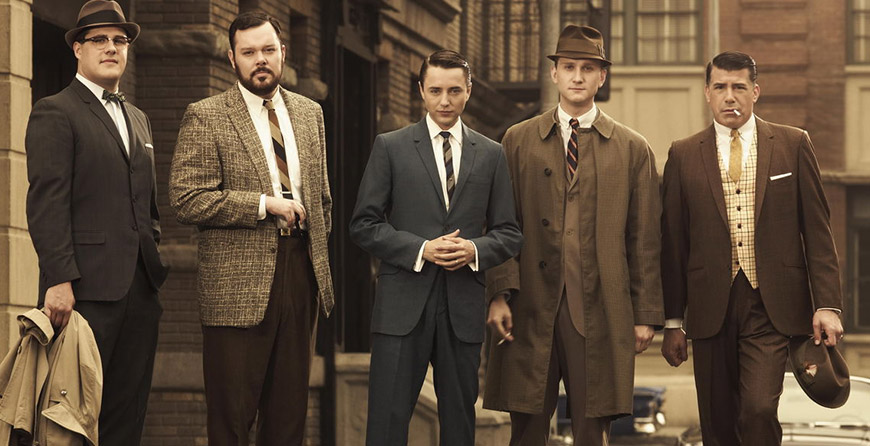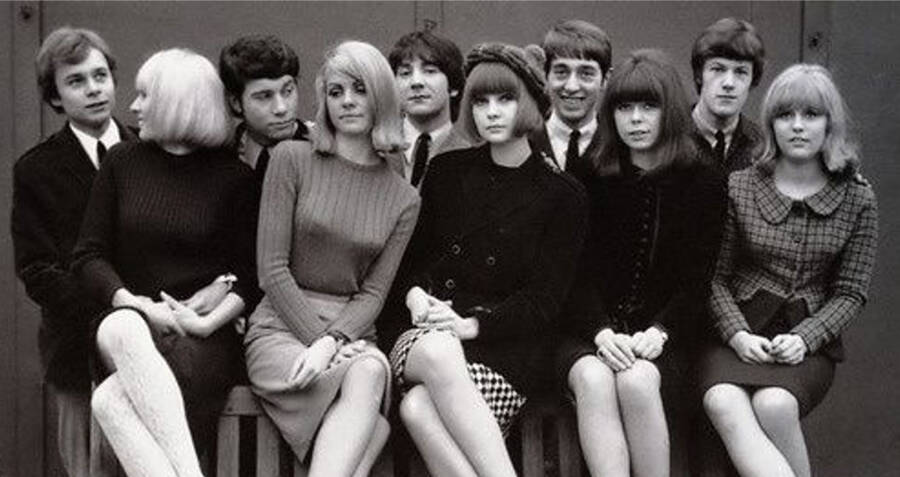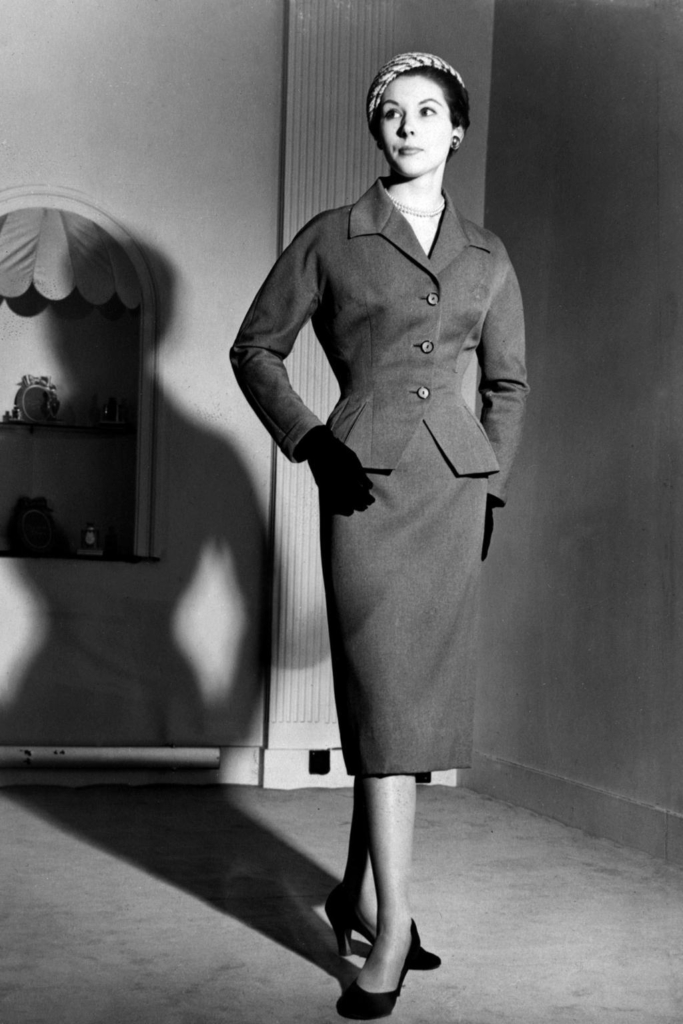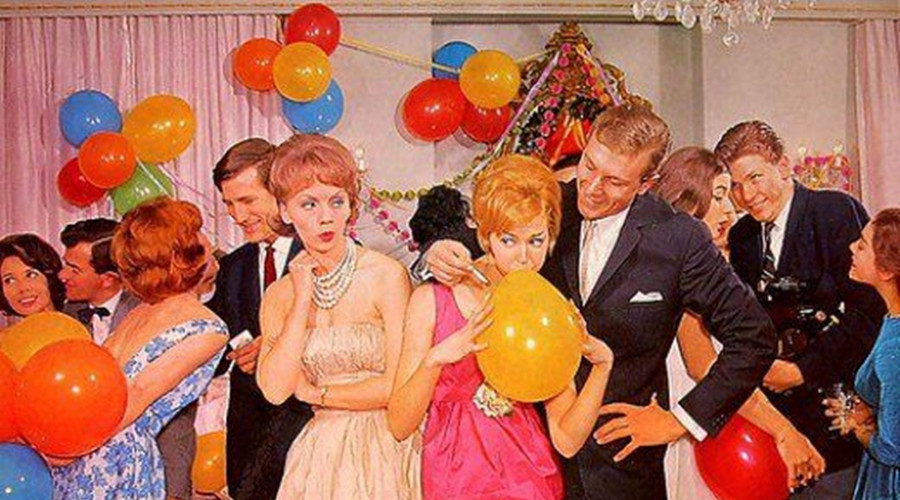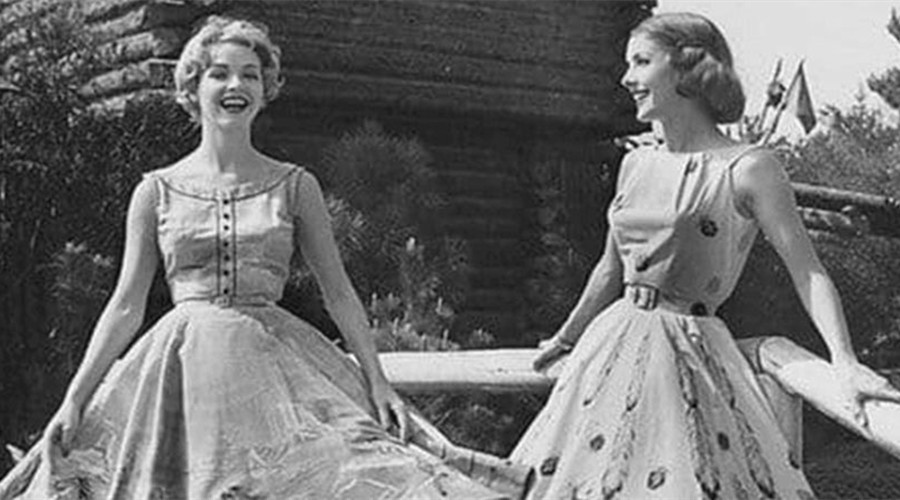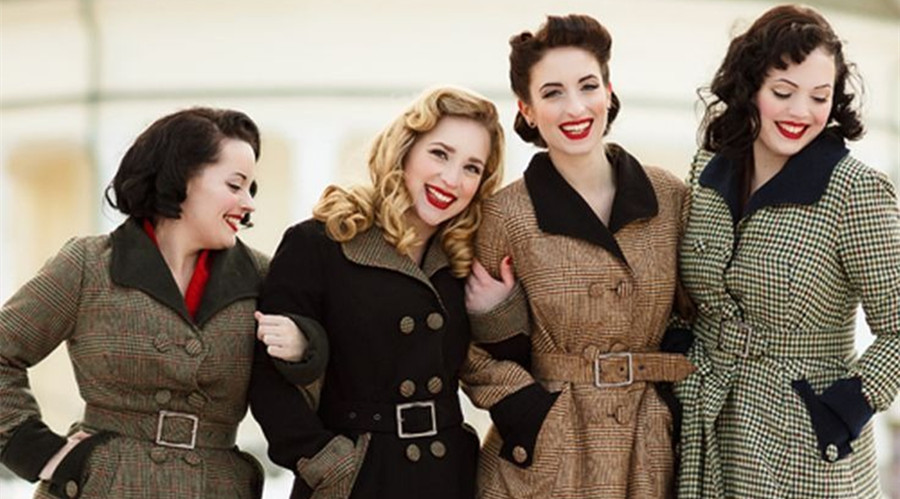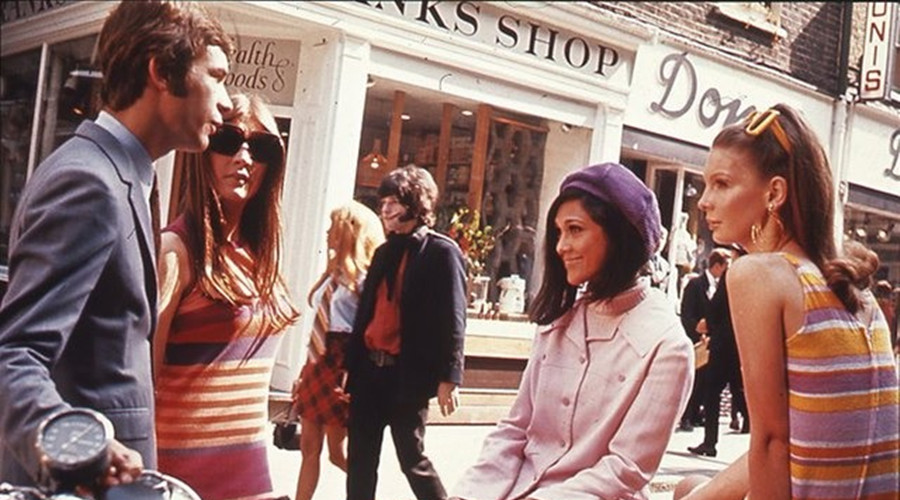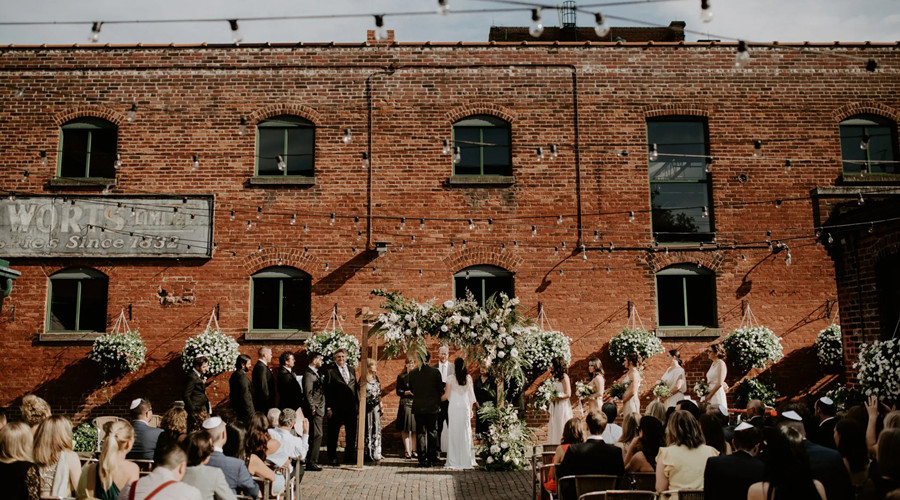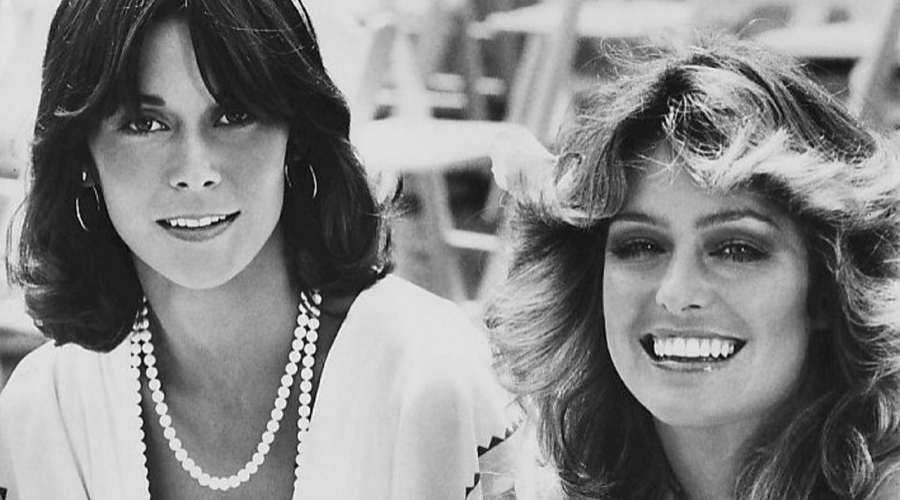Ironic Hairstyles in the 80s – Follow Your Rock Star’s Style
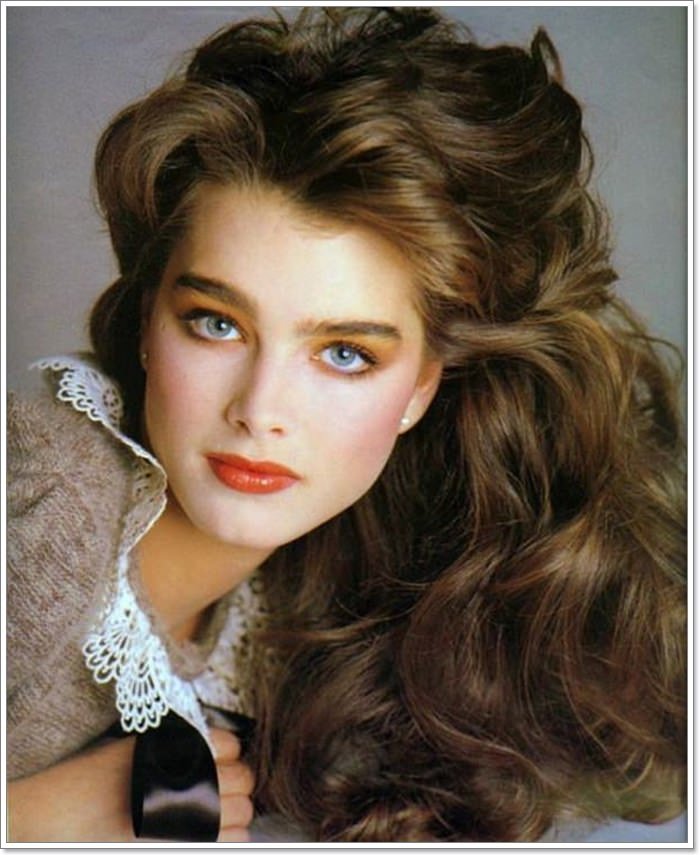
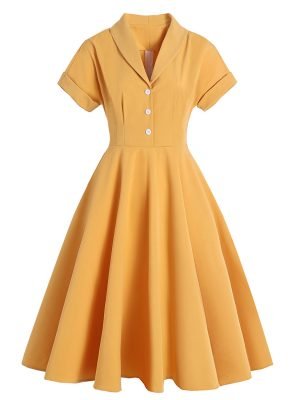
vintage-retro Yellow Dress Retro Lapel Swing Knee Length Dress
From $18.99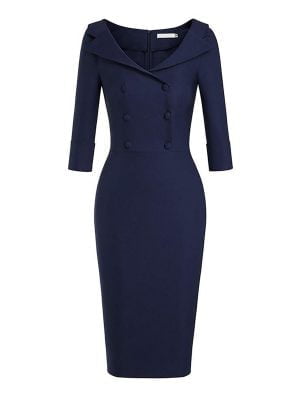
Pencil Dress Vintage Solid Color Double Breasted Wiggle Dress
$36.98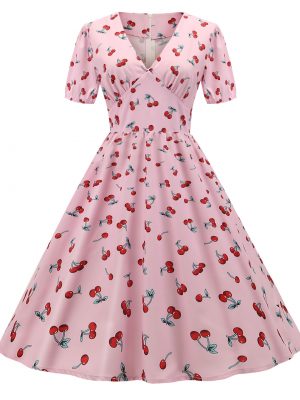
1950‘s Dresses ’Puff Sleeve Pink Cherry Print Dress
$29.99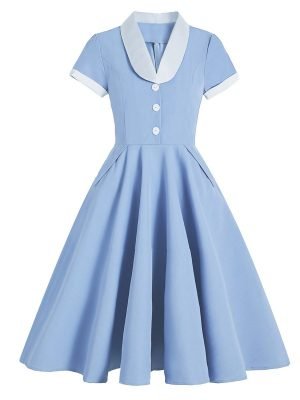
1950s Blue Dresses Short Sleeve Pockets Swing Dresses
$38.99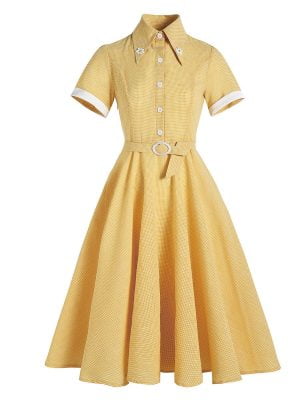
1950s Dress Plaid Polo Collar Waistband Midi Swing Dresses
$38.99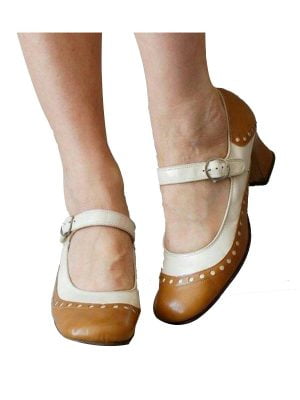
Mary Janes Pumps Round Toe Adorable Buckle Vintage Shoes
$33.99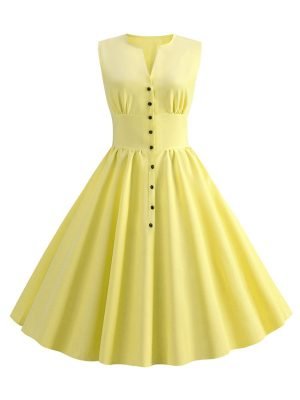
Hepburn Style Tea Dress Sleeveless Solid Color Midi Dress
$27.99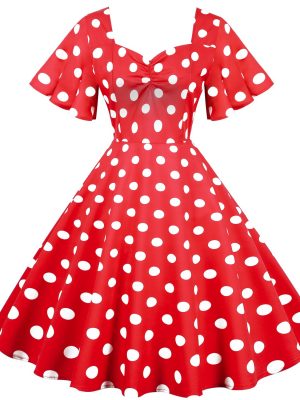
50s Dresses Ruffled Sleeve Polka Dot Knee Length Swing Dresses
$30.99The hairstyles of the 80s are back.
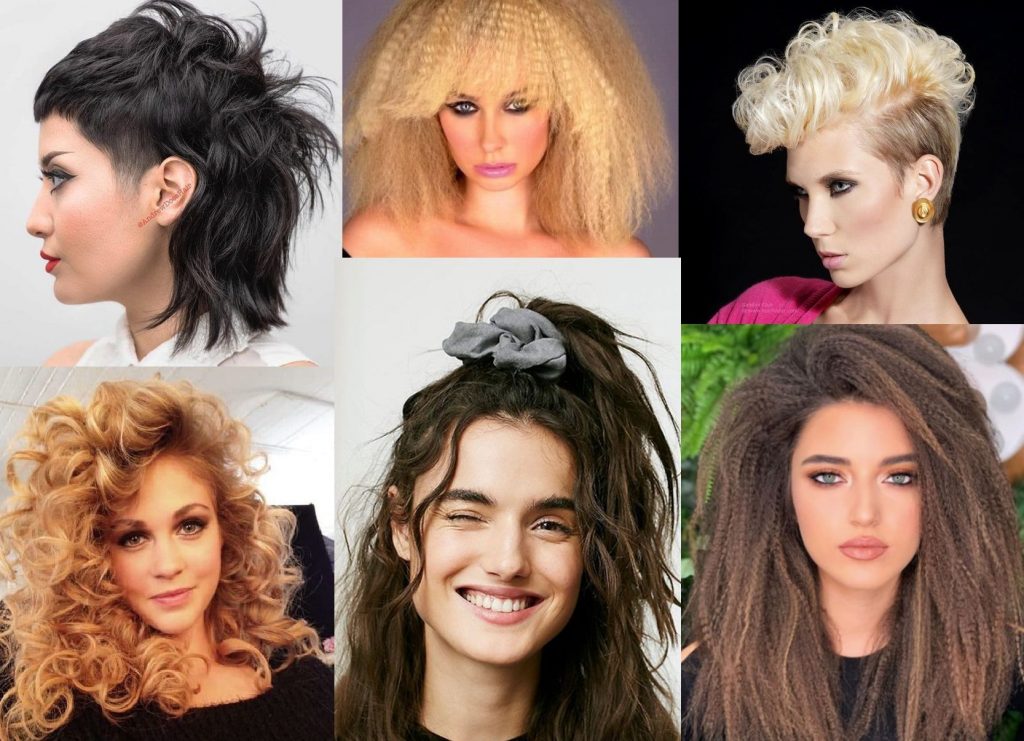
Hairstyles in the 80s were associated with the music and pop culture during the decade. Just as Wikipedia describes, 1980’s hairstyles, including mullet, tall Mohawk, Jheri curls, flattops and hi-top fades, have become popular styles. Among women, large hair-dos, puffed-up styles, permanent waves, and softer cuts are typical for this decade. Women in the mid-1980s, as well as male rock stars of the era, especially glamorous metallic ones with large hair, were “often permed to their desired size”. Television shows such as Dynasty helped popularize the bouffant hairstyle and glamorous image associated with it. The 1980s fashion did accentuate the excess.
Let’s have a look at those popular iconic hairstyles in the 80s, which was related to rock, punk, and music bands.
#1 The mullet – long haircut styles for men
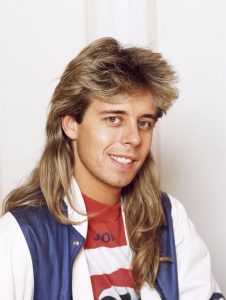 Mullet is a kind of hairstyle that features close-cropped hair on the sides and long flowing locks at the back. This “business in the front and party in the back” hairstyle was a favorite in the 1970s throughout the 1990s. Mullets have been used by rock stars Rod Stewart, David Bowie and Roxy Music’s Andy McKay and Paul McCartney in the early 1970s. Mullet’s popularity peaked in the 1980s when continental Europe was described as “the age of singing on Swedish Flokatti rugs”. However, It was not until the late 1990s that the term mullet was used to describe the hairstyles. According to the Oxford English Dictionary, the popular “trendy hairdo” was coined by the US hip-hop band Beastie Boys. When their song “Mullet Head” was released in 1994, the word caught fire like wildfire. Otherwise, Mullet was popular among lesbian cultures in the United States in the 1980s and was used in public to show that it was a member of that culture.
Mullet is a kind of hairstyle that features close-cropped hair on the sides and long flowing locks at the back. This “business in the front and party in the back” hairstyle was a favorite in the 1970s throughout the 1990s. Mullets have been used by rock stars Rod Stewart, David Bowie and Roxy Music’s Andy McKay and Paul McCartney in the early 1970s. Mullet’s popularity peaked in the 1980s when continental Europe was described as “the age of singing on Swedish Flokatti rugs”. However, It was not until the late 1990s that the term mullet was used to describe the hairstyles. According to the Oxford English Dictionary, the popular “trendy hairdo” was coined by the US hip-hop band Beastie Boys. When their song “Mullet Head” was released in 1994, the word caught fire like wildfire. Otherwise, Mullet was popular among lesbian cultures in the United States in the 1980s and was used in public to show that it was a member of that culture.
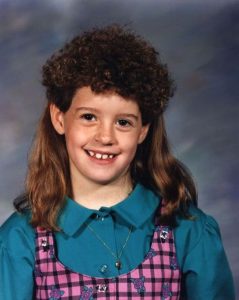 For those who don’t know what a mullet is, it’s a rather obnoxious style, short on the front and sides and long in the back, which was very popular in the 1980s and early 1990s. Celebrities such as Australian actor and singer Jason Donovan, British DJ Pat Sharp and US country singer Billy Ray Cyrus have all sported the ugly look. Mullet may not have been popular in the past few decades, but in the 1980s it was a dream. In the mid-1980s, John Stamos added the “Hot Hot Hot” element to Mullets, giving the rock-to-pop style enough glamour to make a painful breakthrough into the next decade. Another spectacular version of the 80s rock mullet appeared in the band Glass Tiger. All five members of the band wore impressive 80s macho hairstyles, with long hair hanging down their necks. Finally, Howard Jones can show off his 80s mullet. We can feel that this shows the charm of the 80s rock mullet.
For those who don’t know what a mullet is, it’s a rather obnoxious style, short on the front and sides and long in the back, which was very popular in the 1980s and early 1990s. Celebrities such as Australian actor and singer Jason Donovan, British DJ Pat Sharp and US country singer Billy Ray Cyrus have all sported the ugly look. Mullet may not have been popular in the past few decades, but in the 1980s it was a dream. In the mid-1980s, John Stamos added the “Hot Hot Hot” element to Mullets, giving the rock-to-pop style enough glamour to make a painful breakthrough into the next decade. Another spectacular version of the 80s rock mullet appeared in the band Glass Tiger. All five members of the band wore impressive 80s macho hairstyles, with long hair hanging down their necks. Finally, Howard Jones can show off his 80s mullet. We can feel that this shows the charm of the 80s rock mullet.
#2 The tall Mohawk hairstyle – long hairstyles for straight hair
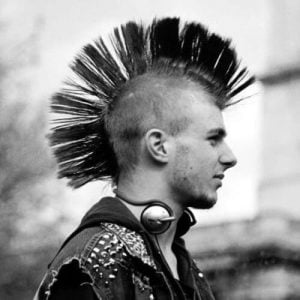 The punk era of the 80s featured the oversized Mohawk, which was a wild, rebellious and edgy style. It’s a bold look that instantly reveals your personality when you walk into any room. You can still pull off this look today. It can be enhanced and customized with features such as braided edges, taper, or fade. You can even comb your hair back with gel for an elegant look, or pair it with a beard for a masculine look.
The punk era of the 80s featured the oversized Mohawk, which was a wild, rebellious and edgy style. It’s a bold look that instantly reveals your personality when you walk into any room. You can still pull off this look today. It can be enhanced and customized with features such as braided edges, taper, or fade. You can even comb your hair back with gel for an elegant look, or pair it with a beard for a masculine look.
The edgy style has both sides of the head shaved, with a thin strip in the middle, sometimes dyed. The Mohawk is also commonly referred to as the “iro,” referring to the Iroquois hairstyle, although historically mohawks have had their hair plucked rather than shaved.
A Mohawk can be cut in patterns deviating from the simple central strip. For example, mohawks with multiple parallel hairs can be called “bi-hawk” (two strips), “trihawk” (three strips), and so on. And the punk-inspired Mohawk has become a mainstream look.
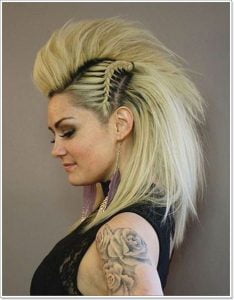 A Mohawk looks like it could increase your height. In today’s Western culture, the Mohawk is no longer culturally relevant, but for those who want to stand out from the crowd or look like a rebel.
A Mohawk looks like it could increase your height. In today’s Western culture, the Mohawk is no longer culturally relevant, but for those who want to stand out from the crowd or look like a rebel.
Footballers and stars were pioneers in this hair cutting. David Beckham, Miley Cyrus, Josh Duhamel and others all showed off their vivid hairstyles. Soccer player Mario Balotelli’s haircut was a modern Mohawk, while soccer player Philippe Mexes’s Mohawk and bleached hair were more distinctive.
#3 The Jheri Curl – hairstyles for short wavy hair
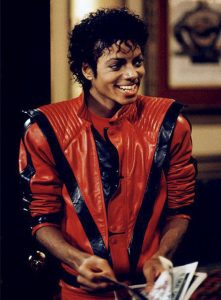 Why is the Jheri curl so popular in the 1980s? Just say that was the name of Michael Jackson’s hairstyle circa the Thriller days, and most people will understand.
Why is the Jheri curl so popular in the 1980s? Just say that was the name of Michael Jackson’s hairstyle circa the Thriller days, and most people will understand.
It was the Jheri Redding who created the Jheri curl. He was known as the Godfather of Hair and contributed to hair care in the media. The modern hair conditioner was invented by him. He created pH-balanced shampoos and was the first person who pt vitamins and minerals in hair care products.
Otherwise, it was Comer Cottrell who made the Jheri curl more accessible to the masses. He introduced the curly kit for just $8, much cheaper than going t the salon for $300. due to his contribution, people could do the haircut at home by themselves.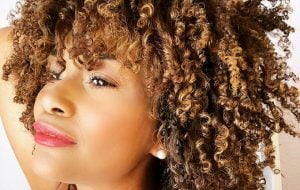
Michael Jackson and Lionel Richie weren’t the only ones with Jheri curls. Even after the 1980s, Jheri Curl remained popular for several years, appearing regularly in popular movies and being flaunted by prominent African American celebrities, such as Ice Cube, Samuel L. Jackson, C. Green, and Deion Sanders.
#4 The Flat Top & the hi-top fade – 80’s fashion for men
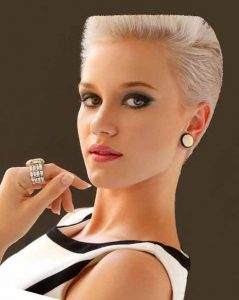 The flat top is one of the earliest examples of the hip hop style. In the golden age of hip-hop, the late 80s and early 90s, the flat top went viral. The flat top is characterized by tapering of the hair on either side of the head to the skin and gradually extending towards the flat top. This style was very common among African American men.
The flat top is one of the earliest examples of the hip hop style. In the golden age of hip-hop, the late 80s and early 90s, the flat top went viral. The flat top is characterized by tapering of the hair on either side of the head to the skin and gradually extending towards the flat top. This style was very common among African American men.
Stylized black hair conveys a certain sense of power and pride. In the decade before hip-hop, the Afro, perfectly chosen for its halo, advanced the clenched black power aesthetic. In the 1990s, curly hair over the heads of black men and boys represented a prettier, sexier look. The fade, a short hairstyle with one side cut short, originated in the US military during the 1940s and 1950s and evolved into the flat-top of the early 1980s, epitomizing The black cool of the golden age.
The flat-top embodied the black punk aesthetic and community of the 80s and early 90s. NBA stars Brandon Jennings and Iman Shumpert have resurrected the classic on the court.
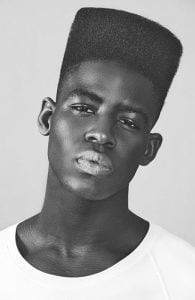 The high top fade is a variation on the normal flat top hairstyle. In a flat top, the sides and back of the head are cut or shaved and the top grows back. By 1986, it was worn by almost every black person because of its popularity among rappers and in the NBA, where black players are increasingly represented. “Tops” can add inches to a person’s height, and looking taller in the NBA has never gone out of fashion. People often fill in official measurements of height, and “hi-tops” make players look taller. Among the most famous NBA players who sported the hairstyle included Patrick Ewing of the Knicks, Kenny “Sky” Walker of the Knicks, Scottie Pippen of the Bulls and Robert Horry of the Rockets, Lakers, and Spurs.
The high top fade is a variation on the normal flat top hairstyle. In a flat top, the sides and back of the head are cut or shaved and the top grows back. By 1986, it was worn by almost every black person because of its popularity among rappers and in the NBA, where black players are increasingly represented. “Tops” can add inches to a person’s height, and looking taller in the NBA has never gone out of fashion. People often fill in official measurements of height, and “hi-tops” make players look taller. Among the most famous NBA players who sported the hairstyle included Patrick Ewing of the Knicks, Kenny “Sky” Walker of the Knicks, Scottie Pippen of the Bulls and Robert Horry of the Rockets, Lakers, and Spurs.
Among the singers, the look was popularized by the rap group Kid ‘n Play, the young Will Smith, the doughty Queen Latifah and the androgynous Grace Jones.
#5 The Perm Hairstyle – hairstyles for long hair easy
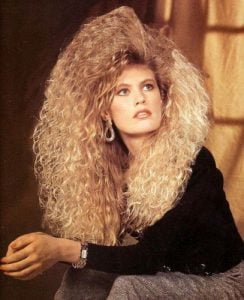 The perm hairstyle shone back in the 80s when it first got very popular. Almost every school girl had the perm hairstyle.
The perm hairstyle shone back in the 80s when it first got very popular. Almost every school girl had the perm hairstyle.
A perm is a way to keep the hair wavy or curly for a long time. Unlike using a curling iron every morning, a perm lasts longer and will keep the hair the way it is for a while. A woman who has had their hair permed has to do it again and again to keep it the same way. Many women tried to curl their hair by themselves, but it doesn’t work. Because perms work at the molecular level, even the most stubborn straight hair can be rolled up.
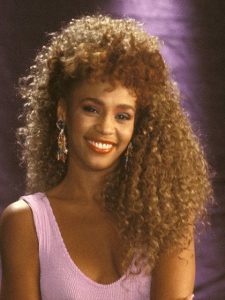 Perm is the use of certain chemicals to break down the hair, modify it, and then keep it in place. Although it’s obviously not very healthy for hair, many women like it because it gives them the look of curly hair without having to use a curler every day.
Perm is the use of certain chemicals to break down the hair, modify it, and then keep it in place. Although it’s obviously not very healthy for hair, many women like it because it gives them the look of curly hair without having to use a curler every day.
The perm’s popularity mainly came from movies, TV shows and gossip magazines. After only a few appearances, women are convinced that a perm must be the “in” thing. And once some women start perming their hair, it becomes more and more popular and more popular every year. By the mid-1990s, the perm was no longer in style.
#6 Big hair
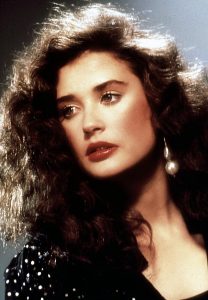 In the 1980s, big hair was in vogue for both men and women. The term has also been used in punk, ornate, metallic hair, Gothic, and alternative culture, particularly with the fashion, associated with the fashion of the 1970s, 1980s, and early 1990s. From these origins, big hair has become a feature of Japanese street and alternative fashion, including Harajuku and Ganguro. In the early 1980s, Brooke Shields became a dominant force in fashion after becoming a teenage model in 1980. She appeared on numerous magazine covers with a variety of long and large hairstyles, which made her one of the most influential fashion icons of the early 1980s. In the mid-1980s, pop star Madonna also wore large hair for a photoshoot for Time magazine by Francesco Scavullo. Soon, many women copied her look, making her one of the most iconic celebrities of the 1980s fashion world.
In the 1980s, big hair was in vogue for both men and women. The term has also been used in punk, ornate, metallic hair, Gothic, and alternative culture, particularly with the fashion, associated with the fashion of the 1970s, 1980s, and early 1990s. From these origins, big hair has become a feature of Japanese street and alternative fashion, including Harajuku and Ganguro. In the early 1980s, Brooke Shields became a dominant force in fashion after becoming a teenage model in 1980. She appeared on numerous magazine covers with a variety of long and large hairstyles, which made her one of the most influential fashion icons of the early 1980s. In the mid-1980s, pop star Madonna also wore large hair for a photoshoot for Time magazine by Francesco Scavullo. Soon, many women copied her look, making her one of the most iconic celebrities of the 1980s fashion world.
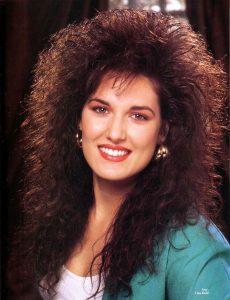 Actresses such as Raquel Welch, Brigitte Bardot and Jane Fonda became icons of big hair in the early 1960s and 1970s. The so-called “big haircut” for women was very popular during this period, and the poster for actress Farrah Fawcett is a typical example. This style persists in certain regional subcultures in the Southern United States and is sometimes associated with female country music performers. It is also associated with the exaggerated stereotypical femininity of drag queens and similar gender performers.
Actresses such as Raquel Welch, Brigitte Bardot and Jane Fonda became icons of big hair in the early 1960s and 1970s. The so-called “big haircut” for women was very popular during this period, and the poster for actress Farrah Fawcett is a typical example. This style persists in certain regional subcultures in the Southern United States and is sometimes associated with female country music performers. It is also associated with the exaggerated stereotypical femininity of drag queens and similar gender performers.

